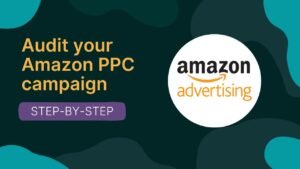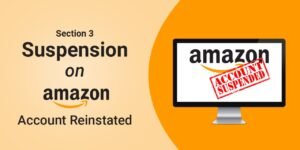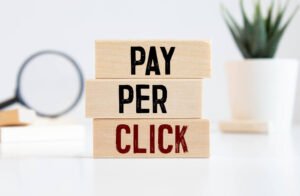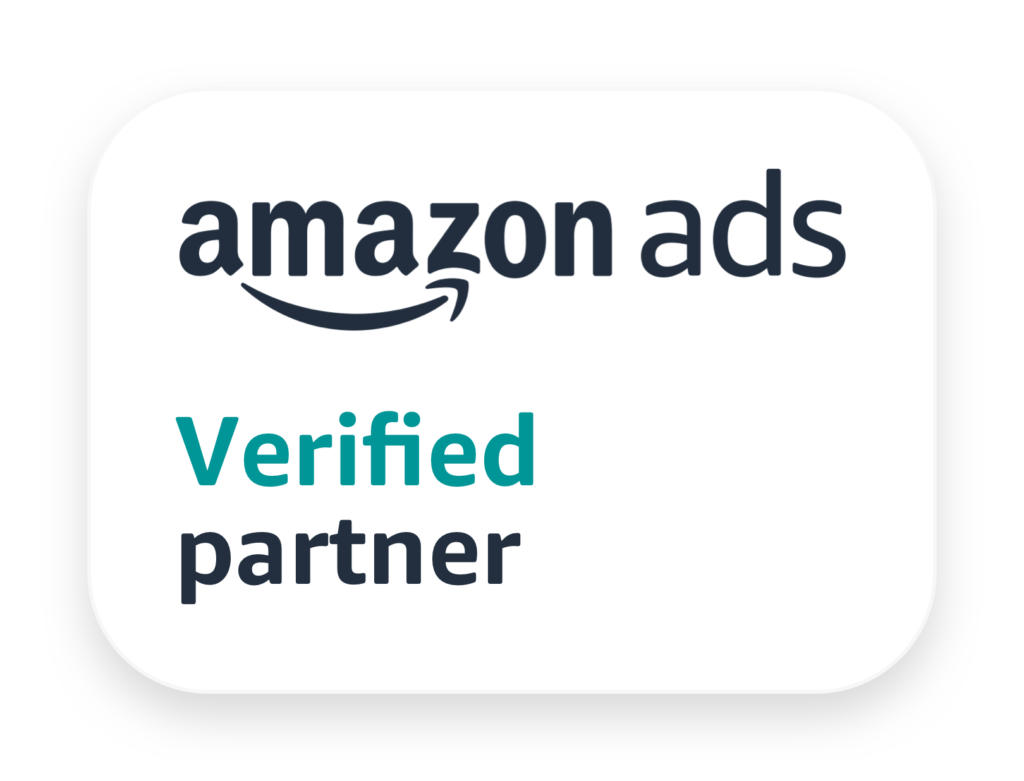If you want to increase traffic, conversions, and return on investment (ROI), then it is essential that a PPC campaign be set up and managed properly. Successful PPC campaign setup is often the only way to achieve your marketing goals. In this post, we will take you by the hand and guide you to setting up a successful PPC campaign. Keywords are the most fundamental step in this process—research so that you have a good idea of what sort your audience for advertisements offers. Only makes sense that by using different strategies here, a well-thought-out PPC campaign should be able to win for your business! Find the expert and enjoy your business’s PPC services from SwiftSpark PPC Advertising Services.
1. Define Your PPC Campaign Goals
Before you start your campaign with PPC, it is very important for you to set some goals clearly—are you seeking brand awareness, lead generation, or direct conversions? Whatever your priority is, your objectives decide the keywords you choose for targeting and the key performance indicators (KPIs) that you are going to follow. Setting specific, measurable, achievable, relevant, and timely (SMART) goals makes sure that your PPC campaign setup is in line with company-wide objectives. Whether you are on Google Ads or Facebook Ads, if you can set your goals right from the beginning, it will help you achieve better targeting and monitor your advertising spend more effectively.
2. Choose the Right PPC Platform for Your Business
Selecting the right platform is crucial to the success of your PPC campaign. If you want broad reach, Google Ads is the best choice. This platform enables advertisers to reach an enormous audience by means of search ads and display ads. But if your audience is more niche or visual, then platforms such as Facebook Ads and Instagram Ads can offer better engagement. Amazon PPC ads provide excellent targeting options for direct sales from the platform, particularly suited to product-based companies. When determining where to budget your ad spend, consider the behavior and platform preferences of your core demographic. See more about the various PPC platforms at Hywiz.com.
3. Keyword Research and Selection
A good “setup” depends on selecting the right keywords for your PPC campaign. Use the Google Keyword Planner, SEMrush, and other keyword research tools to identify high-performing keywords that are relevant to your business. Seek out long-tail keywords; they tend to have less competition and attract more qualified traffic. Use both broad match and exact match keywords for balance between reach and relevance. Ensure that your keywords correspond with the user’s intentions and objectives of your particular PPC campaign. If you choose your keywords well, you will reach a more targeted audience with better odds of conversion.
4. Set Your Budget and Bidding Strategy
Once goals and keywords have been defined, it’s time to decide your budget. First set a daily limit or a monthly one, however suits your needs best. If you’re working on a shoestring budget, perhaps consider using Cost-Per-Click (CPC) because it can restrict how much you dole out. For campaigns bent on conversions, cost-per-action (CPA) may be the better choice. If you’re trying to build brand recognition, though, Cost-Per-Thousand Impressions (CPM) is perfect. What you want is to make sure your bid’s are in line with your goals and that they’re configured for maximum returns. Regularly monitor and fine-tune or reset your bids to ensure they are achieving their intended purpose.
5. Create Compelling Ad Copy

You have also learned how important ad copy can be for getting clicks and converting web traffic. Ensure that your ad copy communicates clearly what value proposition the reader can expect from your goods or services. Emphasize the benefits and include a strong call-to-action (CTA), such as “Buy Now” or “Get Started Today.” Use language that is likely to resonate with your audience and keep the copy brief. A/B testing different versions of your ads to see which performs best is also worth doing. For least interruptions, move to new slide Ensure that your ad copy corresponds with the keywords you are targeting in order to give a combined user experience across all of your ads and landing pages.
6. Design Landing Pages That Convert
If your PPC campaign setup is running through a well-designed landing page, then a landing page will make wonders. If there is a mismatch between what your ad copy promises versus the landing page, you can irritate the user. Incorporate clear and compelling headlines, eye-catching images, and a notable CTA button. It should appear in a timely manner and be compatible with smartphones. The above will improve the UX of your landing page, which in turn will drive higher conversion rates and a better PPC campaign setup ROI. View more landing page tips on Swiftspark website.
7. Targeting and Audience Segmentation
Proper targeting gets your ad in front of the right person. PPC platforms such as Google Ads and Facebook Ads offer robust audience segmentation capabilities, enabling you to target users based upon their demographics, interests, offerings, location, etc. You get the ability to create custom audience segments to be relevant with your ads and hence drive higher conversions. Get visitors back with remarketing campaigns Targeting the right audience allows you to spend less on advertising instead of wasting money, which makes your PPC Campaign Setup more powerful. To learn more about audience segmentation and how to split test, check out SwiftSpark PPC services.
8. Track and Analyze Campaign Performance
Without tracking and performance metrics analysis, the PPC campaign setup never succeeds. For example, you can use Google Analytics, Google Ads, Facebook Insights, or similar tools to track important metrics such as click-through rate (CTR), conversion rate, and cost per conversion. Look back at your campaign data regularly to track trends, see what is and is not working, and adjust accordingly. And using the insights on your performance, you can make your PPC campaigns better and more profitable over time. Learn more about performance analysis on our SwiftSpark page.
9. Optimize Your PPC Campaigns Regularly
Why PPC campaigns need regular, continuous optimization to maintain and grow results. Keep an eye on your campaign data frequently to spot opportunities to optimize. You can refine your keyword list, experiment with new ad text, adjust bids, and narrow down your targeting. Also, watch the quality score of your ads, and keep your landing pages consistent with your ad. Regularly optimizing your PPC campaigns will help you remain competitive, and consistent campaign optimization will ensure your PPC campaigns remain highly effective. For more optimization ideas.
10. Stay Up-to-Date with PPC Trends
The PPC world is ever-changing, so it is important to stay up-to-date on the current trends. With new bidding strategies, ad formats, and platform features, there is always room for new advertising opportunities. Watch out for blogs, webinars, and folks in the space to stay updated on what is happening in the world of PPC. Keeping up with this will allow you to adjust your campaigns where necessary and utilize new tools that arise to enhance your ROI.
Conclusion: PPC Campaign Setup
For businesses to drive traffic and achieve measurable results, it is critical to set up and manage an effective PPC campaign setup. Ultimately, steps on this post will make sure that your PPC campaigns are good to go for success. Poncho and crochet are heavy knitted and woven patterns, covered with embroidered embroidery with an individual curl. Consistent tracking, analysis, and optimization is the way to ensure that you are able to keep your advertising performance up to mark and the returns are as high as possible. This is where our PPC services come in handy to ensure that you have the type of professional guidance you need.
FAQs:
What’s the best PPC platform for my business?
The best PPC platform depends on your audience. Google Ads is great for broad visibility, while Facebook Ads and Instagram Ads are excellent for targeted engagement.
How do I track PPC campaign performance?
Use analytics tools like Google Analytics, Google Ads, or Facebook Insights to track metrics such as CTR, conversion rates, and overall ROI.
How often should I optimize my PPC campaigns?
Regular optimization is crucial. Aim to review and adjust your PPC campaigns monthly, or more frequently if you’re running high-traffic campaigns.
















